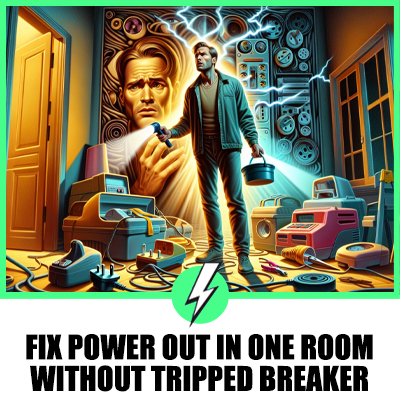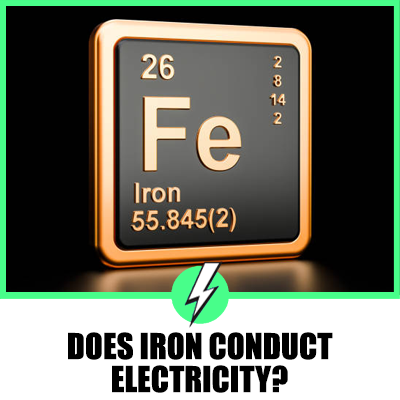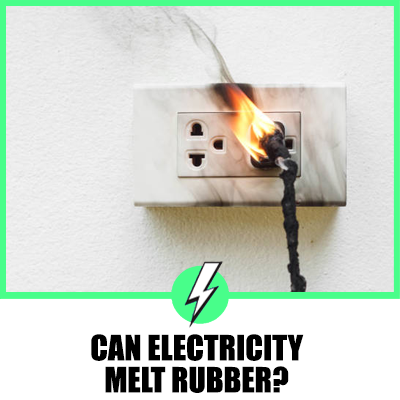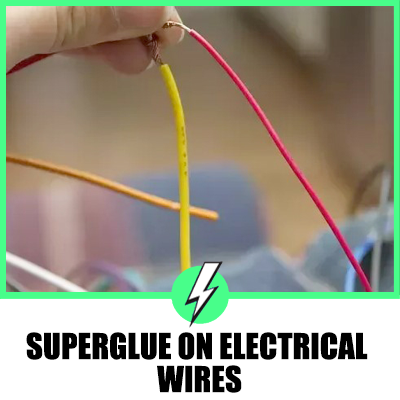Fix Power Out in One Room Without Tripped Breaker
Experiencing a power outage in just one room can be a head-scratcher, especially when the circuit breaker seems untripped, right?
It’s a common scenario that many homeowners encounter, but often, the solution is simpler than it appears. From overloaded circuits to faulty wiring, various factors could be at play, and pinpointing the exact cause is your first step towards resolution.
Ready to illuminate the situation and restore your power? Let’s embark on this troubleshooting journey together.
Well, we’ll be going over:
- What are the common causes that lead to a power outage in a single room without tripping the breaker?
- How can you effectively check for tripped breakers that may not be immediately obvious?
- What steps should you take to troubleshoot and address the issue of faulty wiring or an overloaded circuit?
Let’s dive in.

Contents
Common Causes of Power Outage in One Room
When you’re facing a power outage in just one room, and the breaker hasn’t tripped, it’s easy to feel puzzled. Identifying the root cause is pivotal. Here are several common factors that could be at play:
- Overloaded Circuit: It’s possible you have too many appliances or gadgets drawing power from the same circuit. This overload can disrupt power even if the breaker doesn’t trip.
- Faulty Wiring: Aging or damaged wires can lead to disruptions. These issues are less visible but can cause power to cut out.
- GFCI Outlet Tripped: Ground Fault Circuit Interrupter (GFCI) outlets are designed to protect against electrical shock. If a GFCI outlet trips in one room, it could cut off the power.
- Loose Connections: Over time, wiring connections in your outlets or your circuit breaker can loosen. This often results in intermittent power loss or complete outage in specific areas.
Understanding these common causes gives you a starting point to troubleshoot the issue. Each scenario requires a different approach, so it’s essential to identify the exact problem before attempting a fix.
How to Check for Tripped Breakers
When you’re facing a power outage in one room with the breaker not visibly tripped, it’s essential to check the breaker box thoroughly.
Breakers can sometimes trip without moving to the off position, making it appear as though everything is fine.
First, locate your breaker box, usually found in basements, garages, or utility rooms. Turn on a torch if the area is dimly lit to ensure you don’t miss any subtle signs.
Look closely at each breaker; they should be in the “On” position, aligned with the others. Any switch that’s slightly off or in the middle should be addressed. This isn’t always obvious at first glance, so take your time.
Here’s a quick step-by-step guide:
- Identify the breaker connected to the affected room. It may be labelled on your breaker box map.
- Inspect each breaker for any that aren’t fully in the “On” position.
- Reset any breaker that seems off by flipping it to the “Off” position and then back to “On”. This can often restore power.
If after these steps, power isn’t restored, or if the breaker immediately trips again, there could be a deeper issue like faulty wiring or an overloaded circuit. In such cases, consulting a professional electrician is your safest bet.
Troubleshooting Faulty Wiring
When you’re faced with a power outage in one room and the breaker hasn’t tripped, it’s crucial to consider faulty wiring as a potential culprit.
This issue can be elusive and, if not addressed, may lead to more significant problems, including electrical fires.
Start by turning off the power at the main breaker to ensure your safety before you attempt to inspect anything. Look for any signs of wear, tear, or damage in accessible wiring.
Burn marks, frayed wires, or a smell of burnt plastic can indicate severe issues requiring immediate attention from a professional electrician.
If visual inspection doesn’t reveal any obvious faults, it’s likely the problem lies within the walls or ceiling.
At this stage, don’t attempt to access hidden wiring yourself. The risk of electric shock or causing further damage to your electrical system is high.
Electrical issues, especially those hidden from plain sight, require the expertise of a qualified electrician. They possess the necessary tools, like circuit testers and infrared cameras, to diagnose problems without invasive measures.
Remember, when it comes to electrical repairs, safety always comes first.
Dealing with Overloaded Circuits
When you’re facing power outages in a single room without a tripped breaker, overloaded circuits are often to blame.
This issue stems from too many devices or appliances drawing power from the same circuit simultaneously, exceeding its capacity. Recognising the signs of an overloaded circuit is crucial for preventing potential damage or hazards.
To mitigate this issue, first assess which appliances and devices are in use. High-wattage items like heaters, irons, and hairdryers are common culprits.
Your next step should involve redistributing these devices across different circuits, ensuring no single circuit bears excessive load.
Furthermore, investing in surge protectors can safeguard your electronics from sudden spikes in electricity, reducing the risk of overloading.
Upgrading your electrical panel or adding additional circuits might be necessary for long-term solutions, especially in older homes not designed for modern electrical demands.
Remember, consistently overloading a circuit can severely affect its efficiency and safety. If you’re unsure about the capacity of your circuits or how to redistribute your electrical load, consulting a certified electrician is always your safest bet.
Conclusion
Facing a power outage in just one room while the breaker hasn’t tripped can be puzzling. Yet understanding that overloaded circuits are often the culprit empowers you to tackle the issue head-on.
By recognising the signs early and taking proactive steps such as redistributing your devices or investing in surge protectors, you’re not just solving the immediate problem but also safeguarding your home against potential hazards.
Remember, consistently pushing a circuit beyond its limit is neither safe nor efficient. If you’re ever in doubt about your circuit’s capacity or how to properly redistribute your electrical load, it’s always best to call in a certified electrician.
Taking these steps ensures your electrical system functions optimally, keeping your home safe and your power running smoothly.





